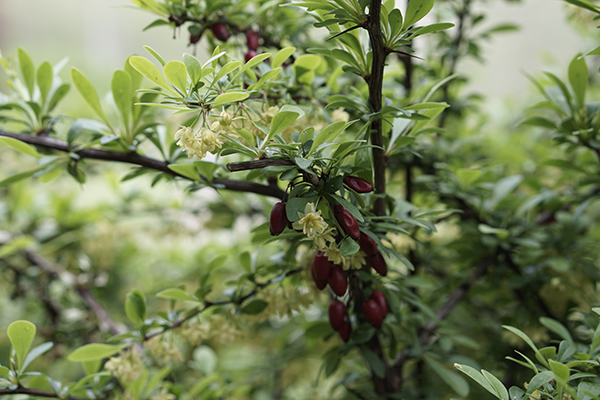
by William | May 5, 2021 | Healthy Living
Dear Readers,
What started as a rather appealing shrubbery in the late 1800’s, is now recognized as a Lyme harboring, nitrogen inducing, overall native tree and plant murderer.
Extreme, dramatic wording? Maybe. But still accurate? From what I can find, and see…yes.
The Japanese Barberry was first introduced to the United States as an ornamental plant in 1857. And it looks like this…
They can now be found from Maine to North Carolina. This one is in Pennsylvania, and as you can see, they have the potential to get huge…
While pretty with their winding tendrils and red oval-shaped berries…their danger lies in their vast greediness. Because of their overwhelming volume, they will literally suppress and smother native competing plants and little trees.
Japanese Barberry also have the ability to change the pH of the soil. Their leaves…their leaf litter…breaks down quickly in the soil and raises the level of nitrogen. The change in soil further eliminates native plants…so, not only does the Japanese Barberry smother…it poisons!!
And if smothering and poisoning native plants isn’t bad enough, Japanese Barberry also harbors and helps propagate the spread of Lyme disease. Beneath their voluminous tendrils, they create their own micro-climates by “…buffering extreme temperature and humidity fluctuations…” Which ticks love. And Lyme disease sure does love ticks. Research done by the University of Connecticut found that areas where Japanese Barberry bushes grew rampant had 120 Lyme infected ticks per acre. In comparison, areas where there were no Japanese Barberry had only 10 Lyme infected ticks per acre.
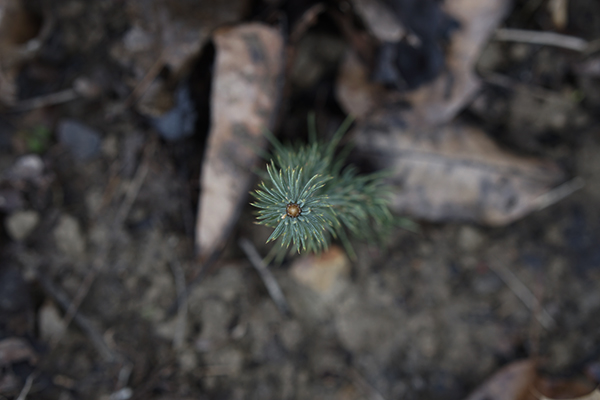
by William | Apr 21, 2021 | Healthy Living
Dear Readers,
On a rainy, rather dismal and slightly chilly day in early April, fifty little sprouts found a new home on my parents’ property.
Colorado Blue Spruces and Norway Spruces pricked and prodded the fingertips of those who set them upright in the soil.
Northern White Cedars, absolutely delectable to wandering deer, were placed in dirt and behind bars for their own good.
The shrubbery of American Hazelnut and Pink Lady Winterberry dug their roots amongst trees, in the hope of aiding a variety of wildlife.
Of the fifty trees and shrubs my lovely mother bought from our county’s Conservation District, a few may have been inadvertently left strewn about the forest floor…we had many pairs of happy hands helping us plant that day. One pair of hands, in particular, was so ecstatically determined that they resolved to carry random sprouts about in their arms…not gently, mind you. At least, not ‘gentle’ in the sense that they recognized they were holding something fragile. Perhaps more ‘gentle’ in the recognition that they held something important, and in a 6-year old enthusiasm, it was something fun and grand to be a part of.
We did not take any photos of the process of planting~ we were having too much fun planting! Well, and attempting to finish before sunset.
But, if you were to have arrived on my parents’ property at just the right moment…
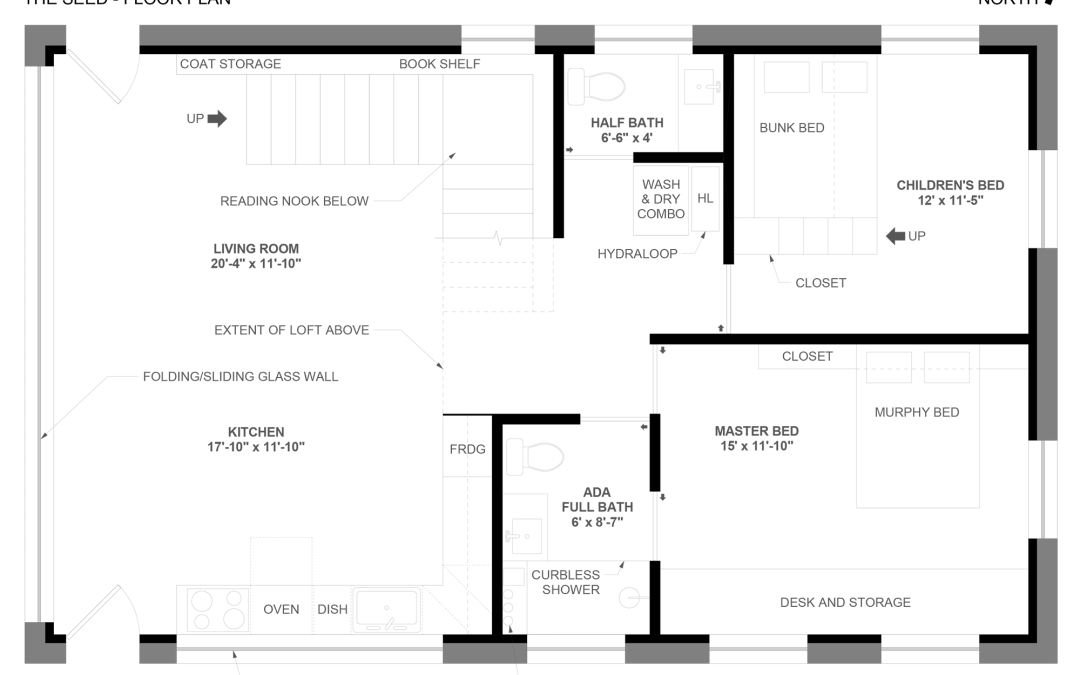
by William | Feb 3, 2021 | Healthy Living
Dear Readers,
If you read our list of large problems last week, then you will know that meeting ADA requirements is not one of them! William has worked diligently, and rather creatively, to make that happen. Your husband making your future home accessible to all, is quite the proud wife moment. Take a quick look at this nifty GIF and floor plan below to get an idea on all the accessible spaces we have prepared for and are already working with:
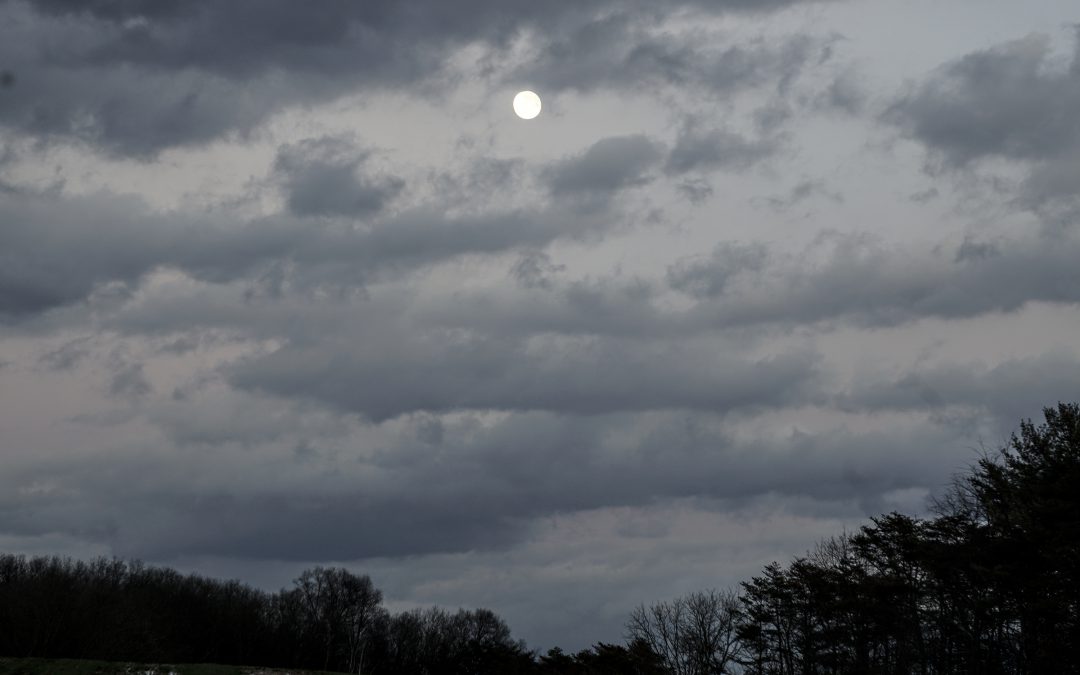
by William | Jan 13, 2021 | Healthy Living
Dear Readers,
Welcome to the seventh and final Petal of the Living Building Challenge. These blogs have been long and many, and we appreciate you sticking with us as we navigate the twenty Imperatives. The past six Petals of Place, Water, Energy, Health and Happiness, Materials, and Equity have shown just how challenging building this home is going to be. To freshen your memory on those petals and their imperatives, we’ll show you that chart one last time.
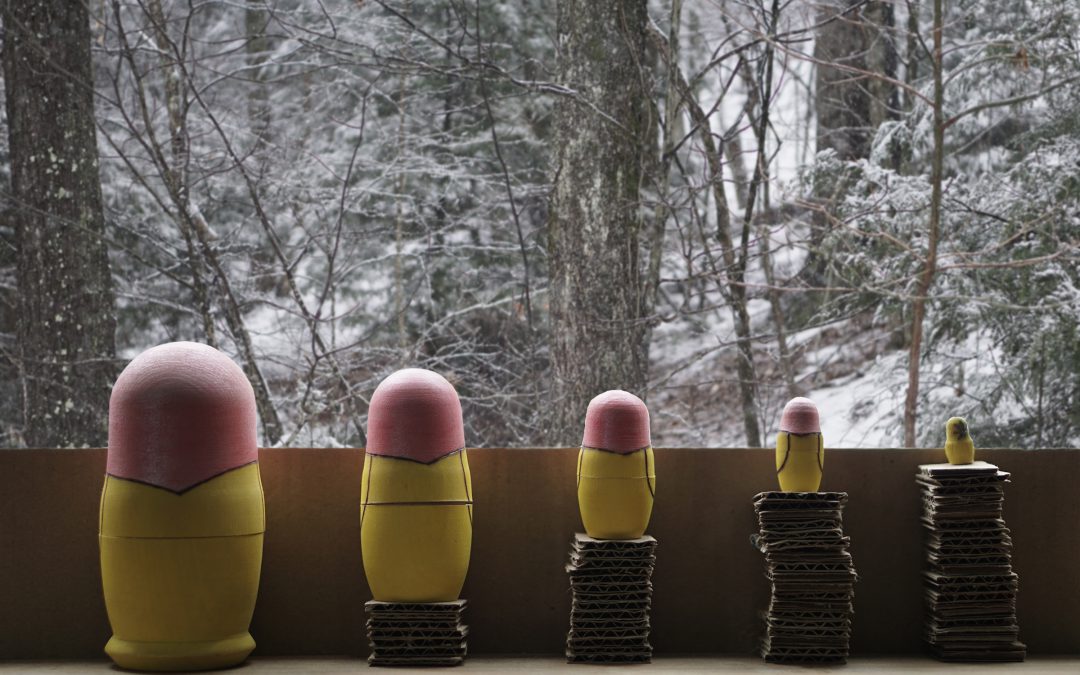
by William | Jan 6, 2021 | Healthy Living
Dear Readers,
We are now on part six of seven of the Living Building Challenge. Our past blogs have covered the LBC’s Petals of Place, Water, Energy, Health and Happiness, and Materials. I know, these blogs just seem like they won’t end! As you have read above though, we are almost there, with two Petals left. And if you managed to read that last blog, the Materials Petal, then you’re in for a treat here, this blog is much shorter…
Once again, here’s that chart of all the Petals and their Imperatives.
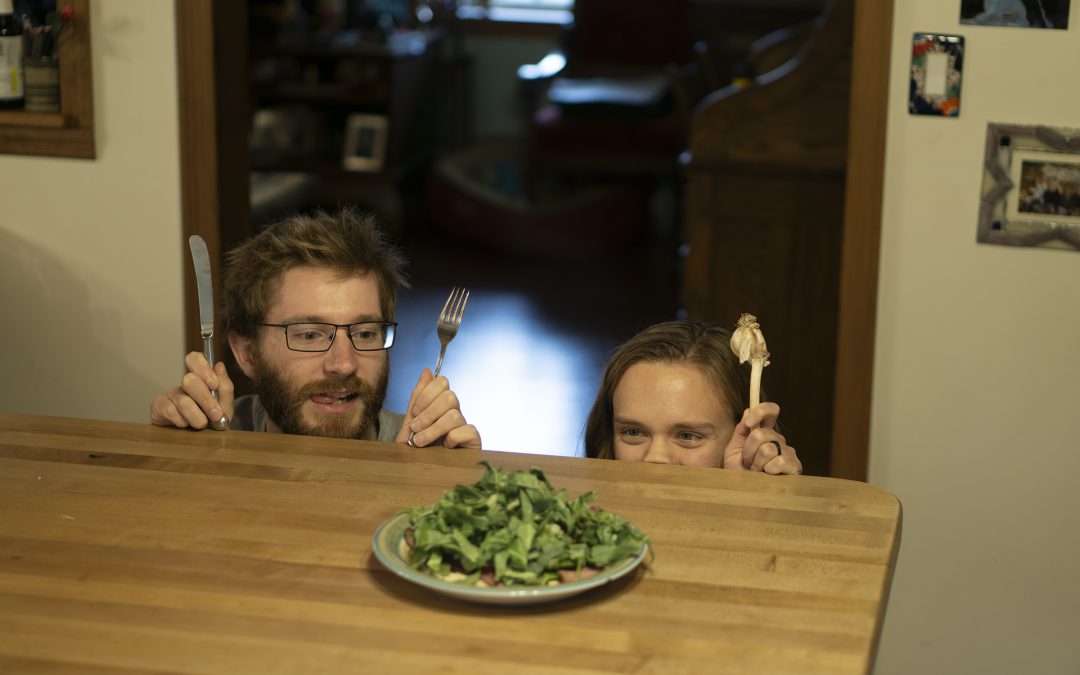
by William | Dec 23, 2020 | Healthy Living, Small Footprint
Dear Readers,
The article you’re about to read was written during the COVID-19 Pandemic, at the end of the year 2020. That being said, keep the pandemic in mind as we look at this standard, because I think it’s unbelievably relevant. It’s important to have a healthy home in the first place, but that much more important during a pandemic…
We have delved into what it takes to meet standards set forth by the Living Building Challenge, for the petals of place, water, and energy. Below is a visual refresher of all seven petals and their imperatives.






